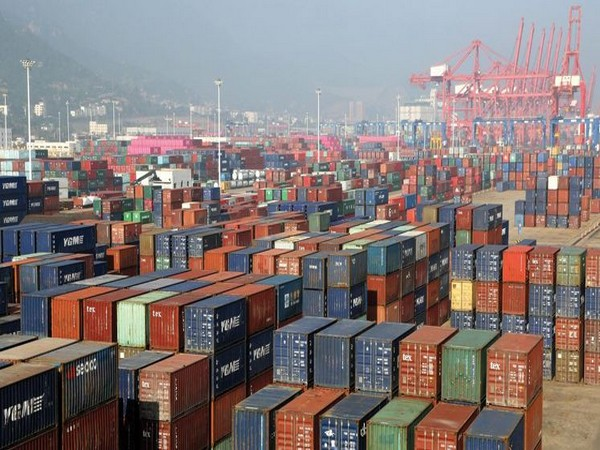India–US Trade Tensions Rise Over Steel and Auto Tariffs NMDC Limited reports a 38% drop in Q4 FY24 consolidated net profit RINL to Raise $23 Million Through Land Sales Amid Crisis

CareEdge Ratings predicted that container traffic will increase by 8% to 342 million tonnes (MT) this fiscal year despite the possibility of a protracted Red Sea crisis. It added that the planned connection of the dedicated freight corridor to Jawaharlal Nehru Port in FY26, together with port capacity additions, is likely to drive container volume growth in the medium term.
The three Cs comprise the majority of cargo at Indian ports: containers, coal, and crude oil, often known as petroleum oil lubricants (POL). All three of these commodities account for 74-75% of all cargo handled by ports. According to CareEdge Ratings, during the three years that concluded in FY24, POL saw a moderate CAGR of 4%, while coal and container volumes grew by 13% and 9%, respectively.
The rating agency said it expects coal cargo throughput at ports to grow at a CAGR of 2-3% between FY24 and FY26, despite an anticipated decline in coal imports by 3-4% due to increased domestic coal production. According to a CareEdge Ratings report, the share of coastal cargo is expected to rise from 34% in FY23 to 42% by FY26.
"This growth will primarily be driven by the coastal movement of coal along the eastern coast, complemented by added capacities and synergistic benefits. The Government's focus on building agglomeration infrastructure for specific sectors like steel and cement also supports the expected increase in coastal movements at ports," said CareEdge Ratings Director Maulesh Desai.
The coal throughput witnessed healthy growth from 292 MMT in FY22 to 367 MMT in FY23. According to CareEdge Ratings, the growth in throughput was supported by increased power generation from thermal plants by 6% to 1,059.9 billion units.
Against this, the imported coal volume registered a y-o-y growth of 18% to 249 MMT in FY23. However, the volume growth was also driven by increased coastal coal volumes. Coastal volumes grew from 80 MMT in FY22 to 118 MMT in FY23, registering a strong growth of 47%.
CareEdge said that during FY24, the year-on-year growth in coal throughput was around 9%, mirrored by the increase in thermal power generation by 9%. This supports the increase in domestic coal production and continued coastal coal volumes on a high br of FY23.
According to the rating agency, coastal throughput is expected to increase from 60 MMT in FY21 to 145-150 MMT in FY24, reflecting a healthy CAGR of around 35%. The contribution of coal cargo to the overall coastal volumes is estimated to increase from 22% in FY21 to 38% in FY24.
India relies on the Suez Canal route for its trade with European countries, North Africa, and the Americas. These regions collectively account for about 35% of the country's total foreign trade, primarily in the container segment. India's maritime sector is represented by the 12 major ports and more than 200 non-major ports along the 7,500 km of coastal line.
Also Read : UNCTAD reports 45% drop in freight across Suez Canal since Houthi strikes Welspun One to invest Rs 2,000 crore in TN to develop industrial and logistics parks